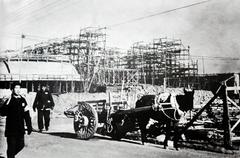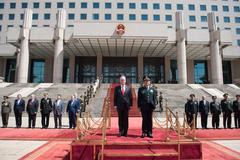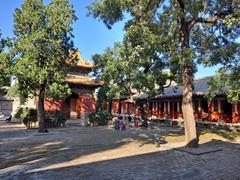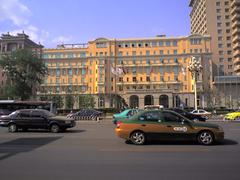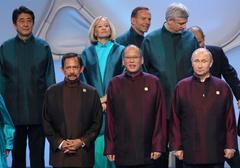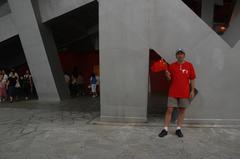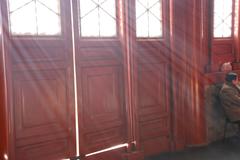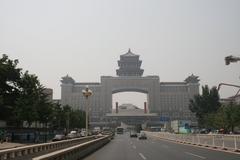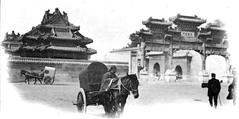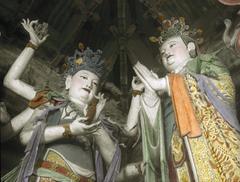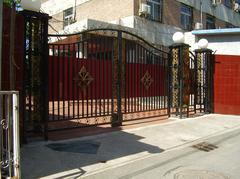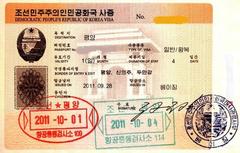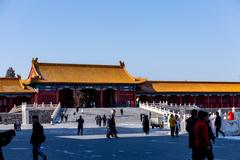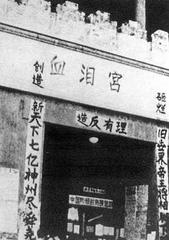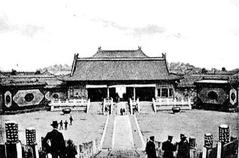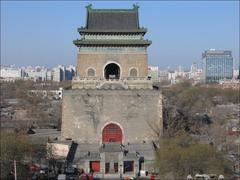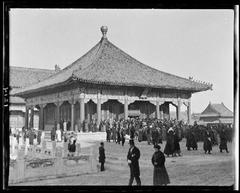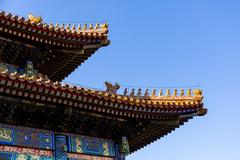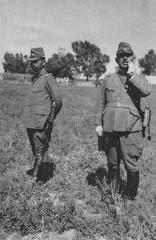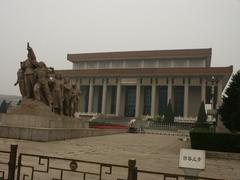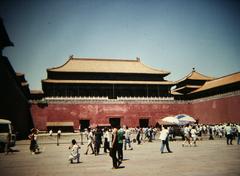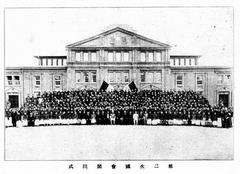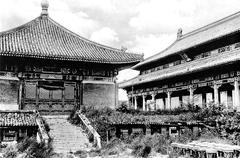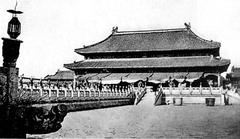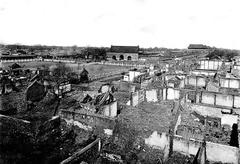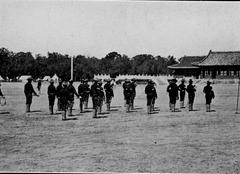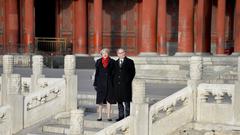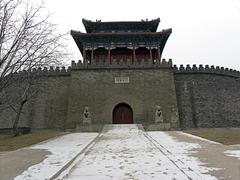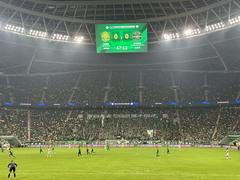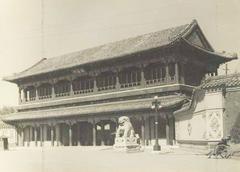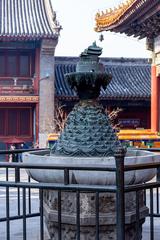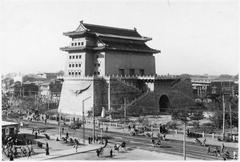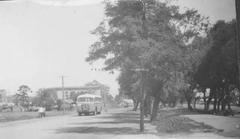
Xinhai Luanzhou Uprising Memorial Park: Comprehensive Visiting Guide
Date: 04/07/2025
Introduction
The Xinhai Luanzhou Uprising Memorial Park in Beijing stands as a solemn testament to a decisive chapter in modern Chinese history. Commemorating the 1912 Luanzhou Uprising—an event pivotal to the Xinhai Revolution and the downfall of the Qing Dynasty—the park integrates historical remembrance with architectural beauty and educational value. Located in Haidian District, it serves not only as a memorial to the bravery of revolutionaries like Feng Yuxiang and Wang Jinming, but also as a living classroom fostering public understanding of China’s journey toward republicanism (Wikipedia: 1911 Revolution, chinawiki.net).
This detailed guide provides practical visitor information—including opening hours, ticketing, facilities, accessibility, and travel tips—while highlighting the park’s historical context, key features, and nearby attractions.
Table of Contents
- Historical Background: The Luanzhou Uprising and Xinhai Revolution
- Memorial Park Overview: Layout and Key Features
- Main Memorial Tower: Construction, Symbolism, and Significance
- Visitor Information: Hours, Tickets, and Facilities
- Accessibility and Transportation
- Visitor Experience: Atmosphere, Interpretation, and Tours
- Accommodation and Dining
- Nearby Attractions
- FAQs
- Conclusion and Recommendations
- References
Historical Background: The Luanzhou Uprising and Xinhai Revolution
The Luanzhou Uprising, led by Feng Yuxiang and Wang Jinming in January 1912, was a significant regional revolt that contributed to the collapse of the Qing Dynasty and the birth of the Republic of China. Occurring just before the final abdication of the last Qing emperor, the uprising exemplified the national wave of revolutionary sentiment sweeping China in the early twentieth century (Wikipedia: 1911 Revolution, chinawiki.net). The park memorializes this spirit of resistance and the enduring quest for national renewal, with educational exhibits and monuments dedicated to the martyrs.
Memorial Park Overview: Layout and Key Features
Location and Orientation
The park is located near Wenquan Town Geriatric Hospital in Haidian District, Beijing (coordinates: 40.594468°N, 116.77758°E), following a traditional north-south axis, nestled against a mountain and facing south (chinawiki.net).
Main Entrance
Visitors enter through a granite gate engraved with the park’s name and adorned with poetic couplets reflecting the revolutionary spirit. The prominent inscription “strive to revolution” sets the tone for the memorial space.
Memorial Axis and Monuments
Proceeding along a paved axial path, visitors encounter the white jade monument—a 2.85-meter-high structure on a five-by-five-meter stone platform. The monument bears calligraphic inscriptions and the blue sky and white sun emblem, symbolizing hope and remembrance. Commemorative walls and bronze sculptures honor the names and deeds of those who participated in the uprising.
Landscape and Symbolism
The park’s design harmonizes natural elements—pines, cypresses, red flower beds, and water features—with classical Chinese architectural motifs. This integration of nature and built form evokes contemplation and honors the enduring spirit of the revolutionaries.
Main Memorial Tower: Construction, Symbolism, and Significance
Feng Yuxiang initiated the construction of the Luanzhou Uprising Memorial Tower in 1936, and the site was completed the following year. The tower, monument, and cemetery together serve as a “clothes tomb,” memorializing martyrs whose remains were never recovered—a poignant tradition in Chinese culture (chinawiki.net). Inscriptions such as “spirit does not die” and “forever” underscore the revolutionaries’ lasting legacy. The monument’s verticality and alignment with cardinal directions reflect both aspirations toward national unity and the application of traditional geomancy.
Visitor Information: Hours, Tickets, and Facilities
- Opening Hours:
- Generally open daily from 8:00 AM to 6:00 PM (with some variance; check official sources for updates).
- Admission:
- Free for all visitors. Special guided tours or exhibitions may charge a nominal fee (¥10–¥30).
- Guided Tours:
- Available on weekends and public holidays; advance booking recommended for groups.
- Facilities:
- Restrooms: Located near the main entrance and adjacent hospital.
- Visitor Center: Information desk, brochures, and maps (bilingual Chinese/English).
- Accessibility: Paved paths and ramps accommodate most visitors, though some monuments have steps or slopes.
- Food and Drinks: Light snacks and drinks available near the entrance; no cafés or restaurants within the park.
Accessibility and Transportation
- Public Transit:
- Subway: Line 16 to Daoxianghu or Beiqing Road, then taxi or bus.
- Bus: Several city bus routes stop near the park (Trip.com Parking Info).
- Taxi/Ride-hailing:
- Didi and similar services are convenient and widely available.
- Parking:
- Limited parking available near the hospital—arrive early on weekends or holidays.
Visitor Experience: Atmosphere, Interpretation, and Tours
- Atmosphere:
- Tranquil and contemplative, with solemn monuments and landscaped gardens. Best suited for reflection, learning, and respectful visits.
- Interpretive Elements:
- Inscriptions, commemorative walls, and occasional exhibition panels provide historical context.
- No permanent interactive displays; bring a guidebook or use the Audiala app for enhanced interpretation.
- Tours:
- Guided tours emphasize the history and symbolism of the uprising and memorial features.
- Educational field trips and commemorative activities occur especially on important anniversaries.
Accommodation and Dining
- Nearby Hotels:
- Hampton by Hilton Beijing Zhongguancun Software Park
- Four Seasons Hotel Beijing
- Aman Summer Palace
- Fragrant Hill Hotel
- JW Marriott Hotel Beijing
- Grand Hyatt Beijing at Oriental Plaza
(Trip.com Hotels)
- Dining:
- The surrounding Zhongguancun area offers a variety of Chinese and international restaurants (Trip.com Dining Guide).
Nearby Attractions
- Heilongtan (Black Dragon Pool): Traditional gardens and scenic water features.
- Longwang Temple: Classic temple architecture dedicated to the Dragon King.
- Fragrant Hills Park: Famous for autumn foliage and imperial gardens.
- Summer Palace: UNESCO World Heritage Site, renowned for its classical Chinese landscape architecture.
Frequently Asked Questions (FAQ)
Q: What are the visiting hours of Xinhai Luanzhou Uprising Memorial Park?
A: Daily from 8:00 AM to 6:00 PM; hours may vary on holidays.
Q: Is there an entrance fee?
A: Admission is free.
Q: Are guided tours available?
A: Yes, on weekends and public holidays; check for English-language availability.
Q: Is the park wheelchair accessible?
A: Main paths are paved and gently sloped, but some monument areas have steps.
Q: Where can I find restrooms and refreshments?
A: Restrooms near the entrance and hospital; snacks and drinks at kiosks.
Conclusion and Recommendations
The Xinhai Luanzhou Uprising Memorial Park is an essential destination for those seeking to understand Beijing’s revolutionary heritage. Its thoughtfully designed monuments, tranquil landscape, and educational resources offer a unique experience that bridges reflection and learning. With free admission, convenient hours, and proximity to other major attractions, the park is suitable for solo travelers, families, and educational groups alike.
Visitor Tips:
- Visit in spring or autumn for the best weather.
- Wear comfortable shoes for walking.
- Download the Audiala app for audio guides and up-to-date information.
- Respect the solemnity of this protected cultural site.
References and Further Reading
- Wikipedia: 1911 Revolution
- Chinawiki.net: Xinhai Luanzhou Uprising Memorial Tower
- Chinawiki.net: Xinhai Luanzhou Uprising Memorial Park
- Trip.com: Memorial Park of Revolutionary Martyrs in Xinhai Luanzhou Uprising
- Trip.com: Attraction Guide
- The Helpful Panda: Beijing Travel Tips
For the latest visitor information, travel arrangements, and audio-guided tours, visit Audiala app.

